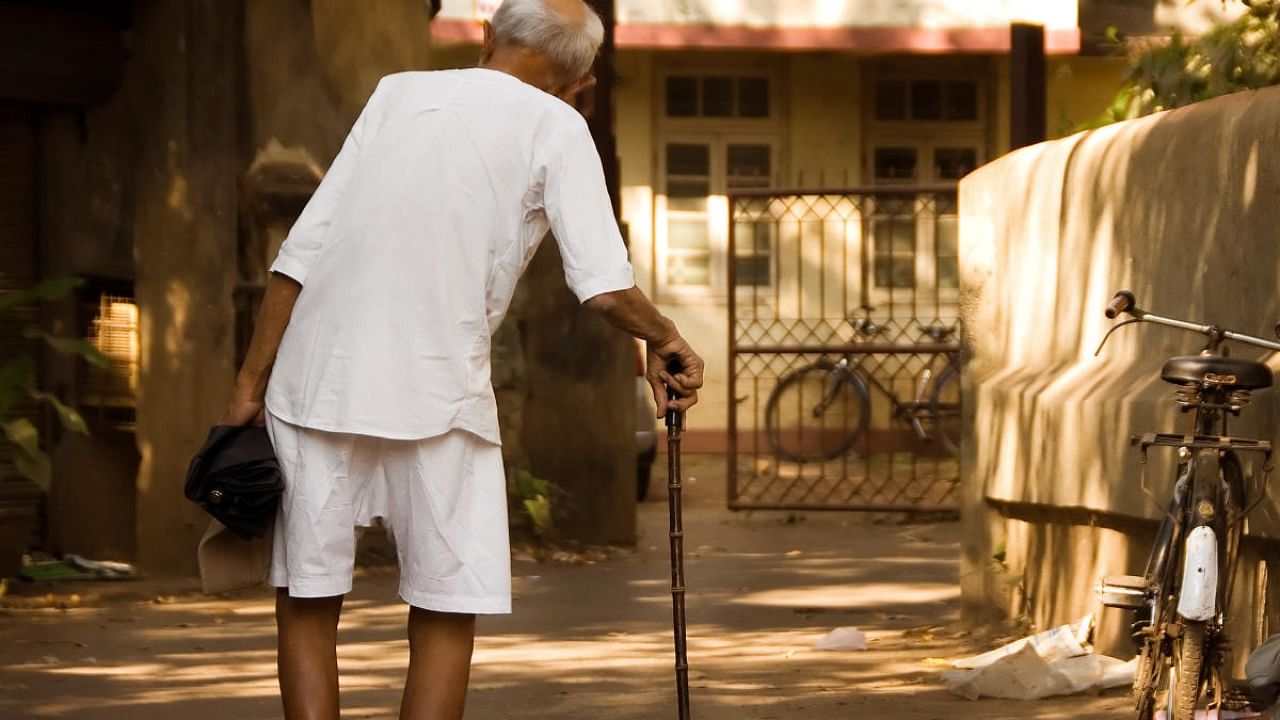
Karnataka is paying a monthly pension of Rs 10,000 to 4,475 freedom fighters, but authorities say only a few hundred may be alive now as most payments are received by their family members.
At 870, Belagavi has the highest number of freedom fighters receiving pension followed by Dharwad (511), Bengaluru Urban (472) and Tumakuru (376).
The freedom fighter pension has been transferred from the Department of Personnel & Administrative Reforms (DPAR) to the Revenue Department recently.
“We have asked deputy commissioners to send us details. So far, we have received information on 602 pension beneficiaries. Of them, only 98 freedom fighters are alive and we couldn’t find the address of three. The rest 501 are dead,” Director of Social Security and Pensions D M Satish Kumar told DH.
According to rules, the husband/wife of the deceased freedom fighter or dependent children can receive the pension. Pension for freedom fighters dates back to 1969 when the then Mysore government came out with the Mysore State Freedom Fighters Welfare Rules.
Back then, the pension amount was Rs 50 a month. It was hiked to Rs 90 in 1980, Rs 200 in 1989 and Rs 750 in 2000. In 2017, the pension amount was revised from Rs 8,000 to Rs 10,000.
While pension payments have moved to the Direct Beneficiary Transfer (DBT) system, freedom fighters are still paid through deputy commissioners. “We’re moving towards centralised DBT for the freedom fighter pensions. After September, they’ll get their pension money directly in their bank accounts,” Kumar said.
According to rules, a freedom fighter is defined as any person who was sentenced to imprisonment or detained for not less than six months, killed or sentenced to death, died due to police or military firing, lost a job or livelihood during the independence movement. Participation in the activities of the Indian National Army (INA) is also considered for pension eligibility.
Freedom fighters also get Rs 26,000 pension from the Union government under the Swatantrata Sainik Samman Yojana (SSSY). In March this year, the Union government decided to extend the scheme up to 2025-26 with an outlay of Rs 3,274.87 crore.
